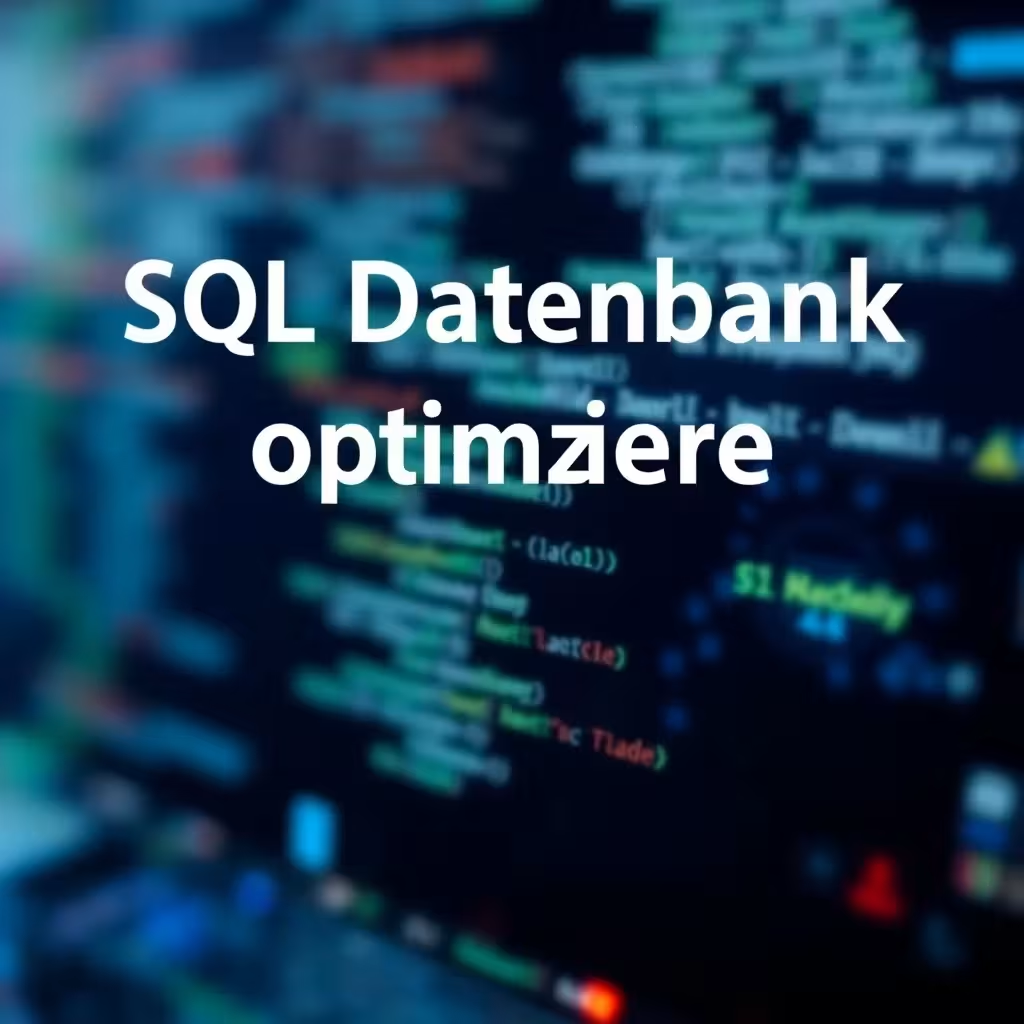Virtual servers, also called vServers, are a very good option for certain hosting applications. As the word virtual implies, it is not actually a "real" server, but a piece of software that is run via the main server. So virtual servers can be configured there like a real server. Of course, each virtual server also gets its own IP.
Possible applications and their advantages and disadvantages are described below.
Virtual servers like an apartment in the villa
Virtual servers have been used in hosting for over 20 years and, surprisingly, still have the status of being a novelty. Only now are they moving more and more into the focus of a larger community of hosting users.
The following picture should help to understand the idea of virtual servers:
The main server is a large villa. In the villa you can rent out single apartments. Each apartment has its own access, a mailbox and a doorbell. In relation to the virtual servers this means:
- an own operating system
- a separate entrance
- a separate IP
All apartments share the main server as a basic module for hosting. This subletting of the main server offers various possibilities: So very different old programs and also different operating systems can be run. Nevertheless, a high level of security is maintained: the virtual servers are so independent that they are comparatively as well protected against access within the server as a main server is against external access.
The use of virtual servers results in greater variability during operation: the system can be expanded and upgraded during operation if necessary. There are no significant downtimes. A possible hardware problem can also be bypassed very quickly if sufficient free capacity is available: The running program is simply assigned a new and free apartment and is immediately operational again. Meanwhile, one can take care of the problem of hardware failure in the temporarily empty and former flat in peace and quiet.
Ultimately, it is precisely the technology of virtual servers that forms the basis for the creation and use of a cloud, which is taken for granted today.
Hosting advantages through virtual servers
By using virtual servers, data centers can be made smaller. Fewer machines means less cable and ultimately more floor space. This has a small but significant environmental benefit: less power is consumed and a data centre heats up less.
However, any server space that may become free in the data center can also be used: You can set up a small test center with free servers. New tools and programs can be observed and optimized in peace and quiet, and in the worst case you don't shoot yourself down and destroy the whole system.
Virtual servers are very easy to install. Otherwise, you have to send complex and time-consuming requests to a new server. In contrast, setting up a new virtual server only takes a few minutes.
But what about outdated applications? These can be found everywhere today: with private individuals, with small and also with very large companies. The good news here: These systems, which were bought for a lot of money or developed with a lot of time and effort, would normally need special hardware or the old familiar operating systems. The virtual server, however, makes these dinosaurs believe that they have exactly the environment they need. So such outdated applications can continue to run without any problems.
As already mentioned: Cloud technology is not conceivable without virtual servers.
After all this praise, those who want to use virtual servers should also think about possible negative effects.
Virtual servers and their disadvantages in hosting
First of all, there is the problem with performance: virtual servers need sufficient server space. If this is not available and must first be purchased, it is an expensive investment. This can still make sense, but must be taken into account in the dimension.
It is equally important to clarify how to deal with any licensing issues that arise. This is tedious but necessary.
Be it in the examination of your own and already existing server potential or be it for an investment: The Bandwidth must be sufficiently large for hosting. If this is not taken into account, the virtual servers quickly become slow: they reduce speed and can even "clog the line".
Virtualization can only be sensibly managed and controlled if it is run on a sufficiently dimensioned desktop computer. This is the only way to have the advantage of being able to quickly intervene, manage and control it yourself.
Due to the already mentioned performance limits of virtual servers, it is possible that especially programs that require a lot of space for memory or graphics are not suitable for hosting via virtual server. This is especially true for multimedia, complex games or even extensive calculation programs, for which another solution may have to be found.
Who benefits from virtual servers - a small conclusion
Regardless of possible consequences, it is important that the price/performance ratio is right when using a virtual server. It is essential for smooth operation to pay attention to the support and its availability. An indication of server downtime by 1 percent is acceptable; this corresponds to the normal time for maintenance work.
If you start with virtual servers, you can start with an initial package of 10 gigabytes of possible Traffic do nothing wrong. If upgrades are possible, they can be used later without any problems if required.
When you are talking about setting information and Data If you want to offer additional services and configure your own domain servers or e-mail servers, virtual servers are ideal. Access is easy and convenient, even from different locations.
Comparing prices is always useful. However, with low-price offers, the aspect of sufficient and reliable support should be examined particularly closely.



